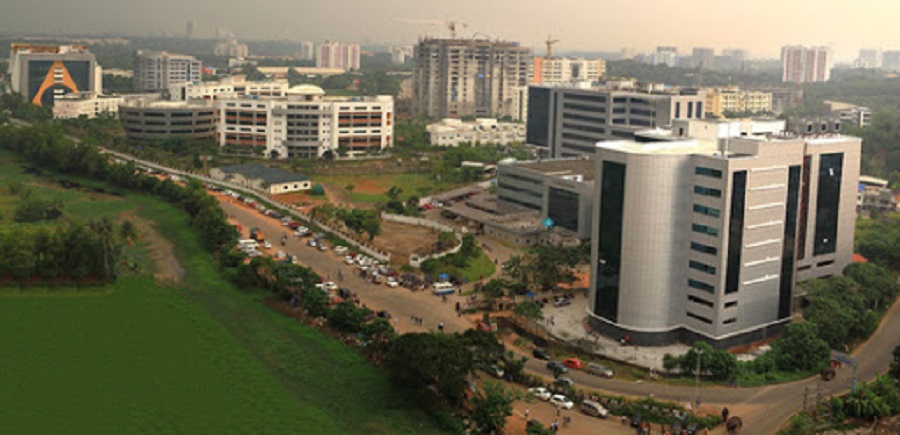KOCHI:
Far from being celebratory, Christmas is when memories about his brother revisit K P Ravindran. It’s on the day after the festival that renowned artist K P Krishnakumar committed suicide — way back in 1989.
Very rarely have the Kerala-born painter-sculptor’s works made it to public exhibitions in the three decades that followed. Among the exceptions is the Kochi-Muziris Biennale.
The once-in-two-years art event had featured Krishnakumar in its first edition in 2012. Today, the late icon’s works are yet again on display at the Biennale. The Durbar Hall gallery in downtown Ernakulam has a series of Krishnakumar visuals being exhibited as part of the 108-day festival that began on December 12.
India’s modern art history slots Krishnakumar (1958-89) as a dynamic figure who led a radical art movement in the 1980s. But Ravidran, who visited the ongoing Biennale, has words to speak beyond his reputation as an avant-garde painter-sculptor.
“He was a naughty child. At the same time, he had principles,” winds back Ravindran, into his 60s. “From a young age, we could see that his opinions were very rational. He would not change for anybody.”
Ravindran, who had spent a slice of his life as a Mumbaikar, notes that Krishnakumar’s attitude to life as a child finds reflection in his paintings and sculptures. “We would see that in his works also,” he notes.
Krishnakumar’s works have tremendously influenced same-generation artist Anita Dube, the curator of the current Biennale. In her curatorial note, Dube makes a special mention of Boy Listening, an early sculpture of Krishnakumar. It no more exists, but it lives on in the hearts and minds of this short-lived radical movement that has exerted great influence on subsequent generations of artists and thinkers in India, she notes.
The movement led by Krishnakumar, as a founding member of the Radical Indian Painters & Sculptors Association, was a reaction to the politics of the times. “It strived to bring art closer to the common man,” notes Ravindran. “When the Biennale showed his work at the 2012 edition, it was the first time in the nearly two decades since his passing away we got to see his sculptures on public display anywhere in India.”
Krishnakumar’s works, typically, constructed an array of a world: of machines, plants and animals, men and women, provincial and urban landscapes, studio and domestic interiors. “He worked to make art accessible for everyone,” notes Ravindran. “After his sudden demise, the group disintegrated. Today not many even know about him or his colleagues.”
Krishnakumar, who was born in a village north near Kuttipuram of Malappuram district. He had seven siblings; he was the sixth child of his parents. The mother Ammalukutty Amma, now 90, is a sister of renowned 20th-century Malayalam poet Edasseri Govindan Nair.
Krishnakumar, from his early age, showed an inclination towards art, notes Ravindran, noting that the early themes, too, mirrored nature and society. The movement the artist led lasted a couple of years, and trod a Leftist manifesto that openly denounced the commodification of art. His works had a fiery effect on the country’s art scene, courtesy the brilliance and charisma of the frontline leader who studied and worked in places like Thiruvananthapuram, Santinikentan, Baroda and Delhi.
As art scholar Geeta Kapur notes, Krishnakumar’s Kerala-Baroda group hammered out a militant agenda, arguing that Indian art required a radical interrogation of political and aesthetic issues. “He used the figural gesture, often profoundly comic, to taunt the viewer and also to signal faith in the sculptural presence itself. He hoped to reinscribe a lost humanism in the local liberationist politics of his home-state of Kerala,” she adds.




